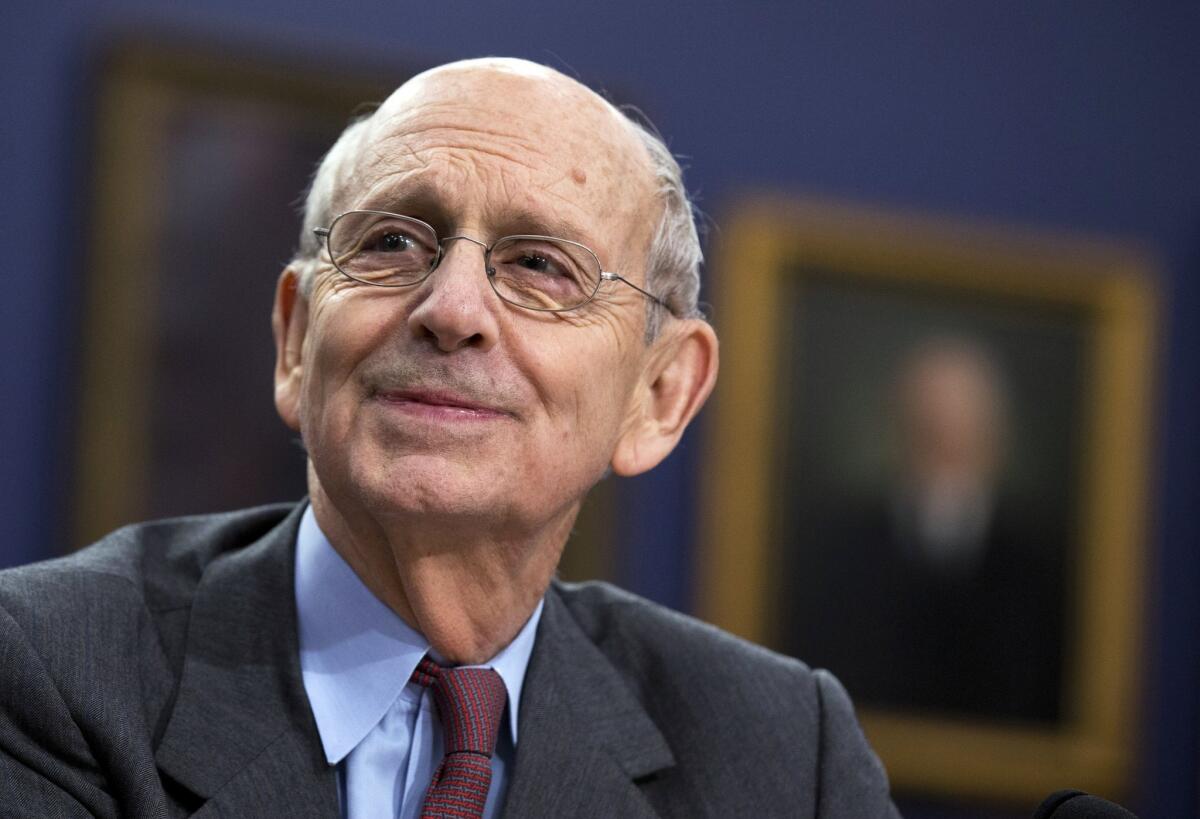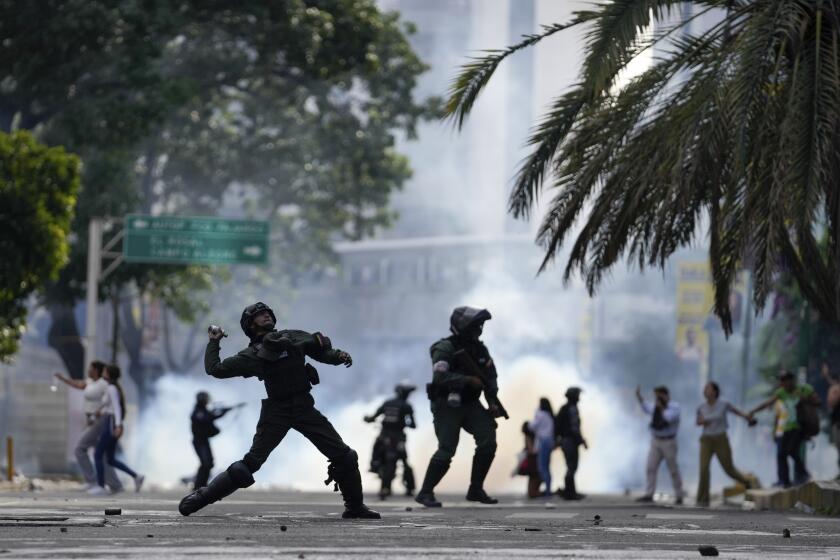Editorial: The Supreme Court made the wrong call on public aid for religious schools

- Share via
The Supreme Court on Tuesday needlessly poked a hole in Thomas Jefferson’s “wall of separation between church and state.” By a 5-4 vote, the court ruled in a case from Montana that if a state provides a tax break that benefits students at a secular private school, it must include private religious schools as well. The decision is doubly disappointing.
First, the court has told states that they may not decide that they won’t subsidize, even indirectly, the propagation of religion,
a choice that is permitted by the 1st Amendment. States should be free to decline to subsidize religious instruction so long as they treat all religious schools the same.
Second, the way the court broke down on ideological lines is worrisome at a time when debates about the role of religion loom large in America’s culture wars. All five Republican-appointed justices voted in the majority in this case; all four Democratic appointees dissented.
Tuesday’s decision involved a state program under which taxpayers received a modest tax credit for contributions to establish scholarships for children attending private schools.
After the Legislature authorized the program, Montana officials decided that its use to endow scholarships for religious schools violated a provision of Montana’s state constitution that prohibits “any direct or indirect appropriation or payment from any public fund or monies” to any school that is “controlled in whole or in part by any church, sect, or denomination.”
After religious schools were denied participation in the program, some parents challenged that decision. The Montana Supreme Court ruled that the entire scholarship program must be invalidated.
Writing for the majority in reversing that ruling, Chief Justice John G. Roberts Jr. said that Montana’s ban on aid to religious schools violated the 1st Amendment protection of the free exercise of religion by discriminating against recipients of a government benefit “because of their religious character.” He compared the Montana case to a 2017 decision in which the court held that the state of Missouri couldn’t exclude religious schools from a program that subsidized the resurfacing of playgrounds.
But, as Justice Stephen G. Breyer pointed out in his dissent, that program and the Montana plan were “importantly different” from each other. Justice Elena Kagan made a similar point during oral arguments in the Montana case. She noted that the playground decision, in which she was part of the majority, involved a “completely secular public benefit.”
Breyer wrote that the Montana case was much more like a 2004 case in which the court held that the state of Washington didn’t violate the Constitution’s guarantee of free excise of religion by excluding students studying for “a devotional theology degree” from a state scholarship program.
As Breyer noted, the court in that case concluded that Washington’s refusal to subsidize the education of clergy “was consistent with the widely shared view, dating to the founding of the Republic, that taxpayer-supported religious indoctrination poses a threat to individual liberty.” Breyer added that, like the exclusion of potential clergy from a scholarship program, Montana’s decision to bar state aid to religious education was a choice “not to fund (at a distance) an essentially religious endeavor.”
In his majority opinion, Roberts acknowledged that Tuesday’s ruling doesn’t require any state to provide support for private schools, religious or secular. “A state need not subsidize private education,” he wrote. “But once a state decides to do so, it cannot disqualify some private schools solely because they are religious.”
As a policy matter, we believe that state financial resources should be directed toward underfunded public schools. Still, even if its practical consequences prove limited, this decision and the divisions on the court augur ominously for future cases in which the court must rule on the role of religion in public life.
More to Read
A cure for the common opinion
Get thought-provoking perspectives with our weekly newsletter.
You may occasionally receive promotional content from the Los Angeles Times.










